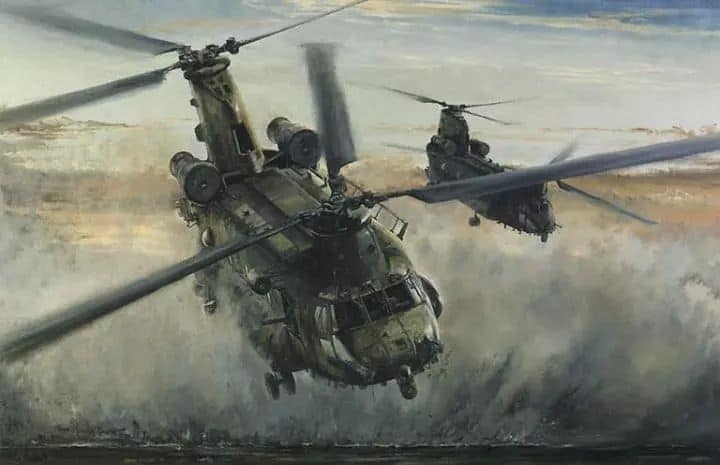Reporting for Duty

Hello again!
You've learned a lot about becoming an Army Aviator in the last couple of months. Though the last two weeks did focus on aspects of being a pilot post-flight school, the focus was still "becoming." But I'd wager there are a fair amount of readers wondering what it all actually leads to.
In order to answer this question, it's fair to first give you a short rundown on what to expect when you finally arrive at your receiving unit. The truth is, attempting to spell it out in definite-terms is difficult (read: impossible). The variances in experience are wide-ranging and entirely dependent upon the state of the receiving unit. This being said, I can at least give you some notion of what to expect upon your arrival. The key component to thrive once you arrive, in every case, is that you remain flexible.
Something that absolutely every single Army pilot should do, however, is to contact anyone they can from their receiving unit. This is INCREDIBLY easy to do for pilots in a reserve component, as they almost always already know people in their unit. After all, their unit specifically selected them for and sent them to flight school. For the Active Duty-types, it can be slightly more difficult. However, in many cases, a member of your receiving unit will reach out while you're still at Rucker. If you never get such a call/email, find the contact information for anyone you can at your receiving unit and start reaching out.
With those important administrative notes out of the way, let's dig in!







